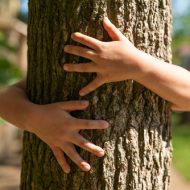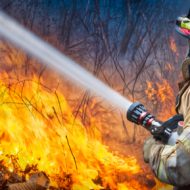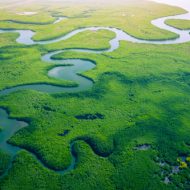Forests
Home » Forests
A major carbon sink
Forests not only store carbon above ground through photosynthesis, but also enrich soil and promote biodiversity below ground through decaying debris, creating a natural carbon cycle.
Main threats
Deforestation
Indiscriminate deforestation, particularly in tropical countries, is causing fragile ecosystems such as the Amazon to reach an irreversible tipping point. It undermines the ability of forests to absorb carbon, releases potent greenhouse gases and can lead to soil losing fertility, requiring more deforestation to make way for pastures and plantations.
Fires
Changes in climate have led to an increase in duration and severity of forest fires. These fires can destroy large areas of forest, depleting soil of nutrients, leaving it vulnerable to pests unless heavily fertilised and exposed to agrochemicals.
Insects, pests & diseases
Deforestation, fires and climatic changes not only harm the overstory but also soil quality, making forests more susceptible to insects, pests, and diseases. Soil health is tied to overall forest health and resilience to disturbances such as fire and climatic conditions.
Key solutions

Laws and regulations
Prohibiting illegal logging and land clearance.

Sustainable forestry practices
Allowing for the responsible management and harvesting of forest resources.

Creation of protected areas
Designating national parks and wilderness areas, to safeguard forests and their wildlife.

Early detection of pests and diseases
Implementing rapid response measures when they are identified.

Fire management
Making use of fire management practices such as fire breaks, controlled burning, and educating people about the dangers of wildfires.

Reforestation and afforestation
Restoring degraded forests and increasing the overall forested area via dedicated programs.

Community-based conservation programs
Involving local people in the management and protection of forests.

Restoration of wetlands and grasslands
Using ecosystems, especially those with high water content, as buffers to protect forests from fires and pests.

Use of technology
Detecting and monitoring forest changes by using satellite imagery, drones, and sensor networks.